New Product Introduction Letter Template
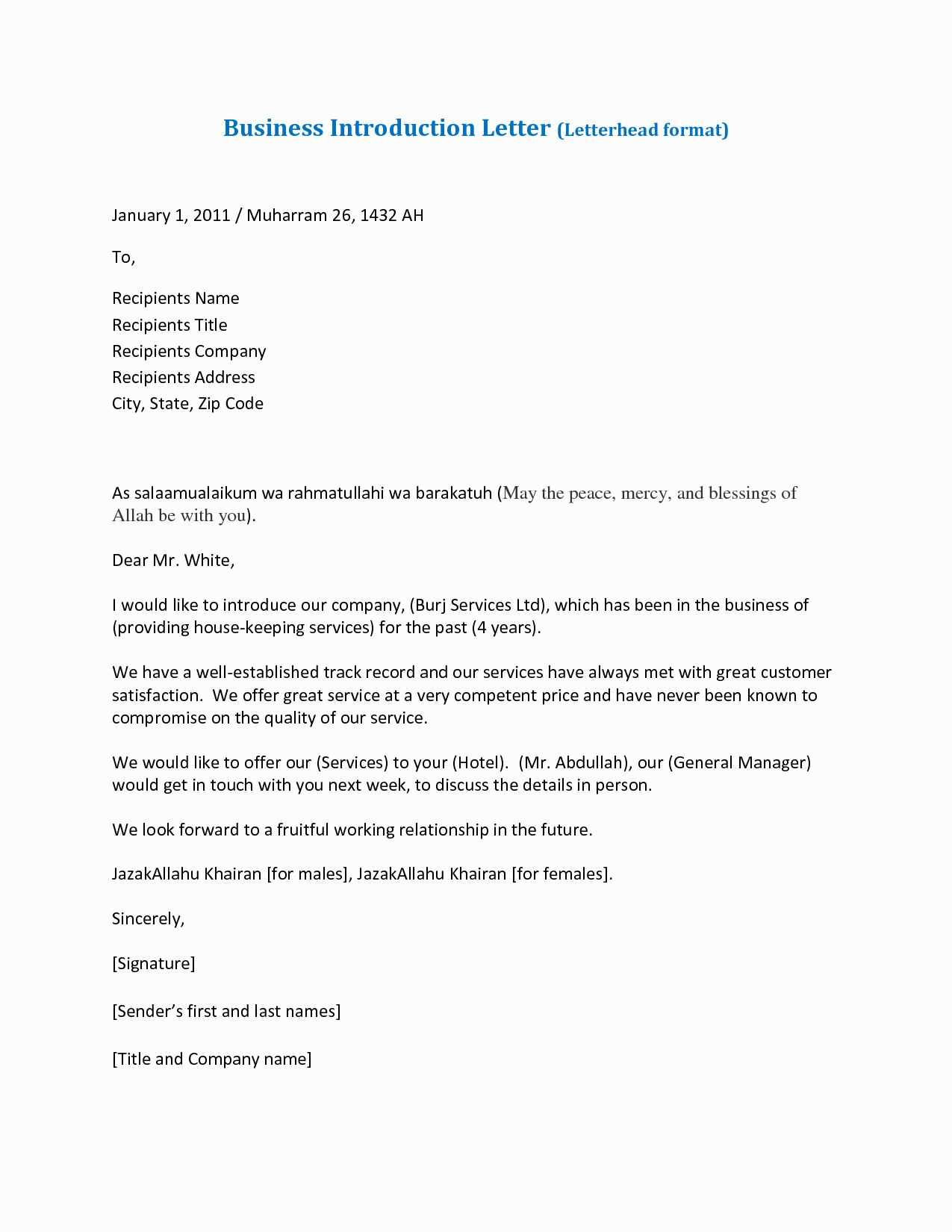
Introducing a new offering to your customers and partners is a critical moment for any business. A well-crafted communication can make a lasting impression and set the tone for future engagement. It is essential to convey key information clearly, while also engaging the recipient’s interest in what you are sharing.
Crafting a clear and engaging message that highlights the value and relevance of your offering is vital. This type of correspondence should strike a balance between professionalism and personalization, ensuring that your audience feels valued and informed.
When executed properly, this communication can pave the way for new opportunities, fostering stronger relationships and encouraging further discussions. The way you present your offering can significantly influence how it is received and acted upon.
Key Elements of an Effective Letter
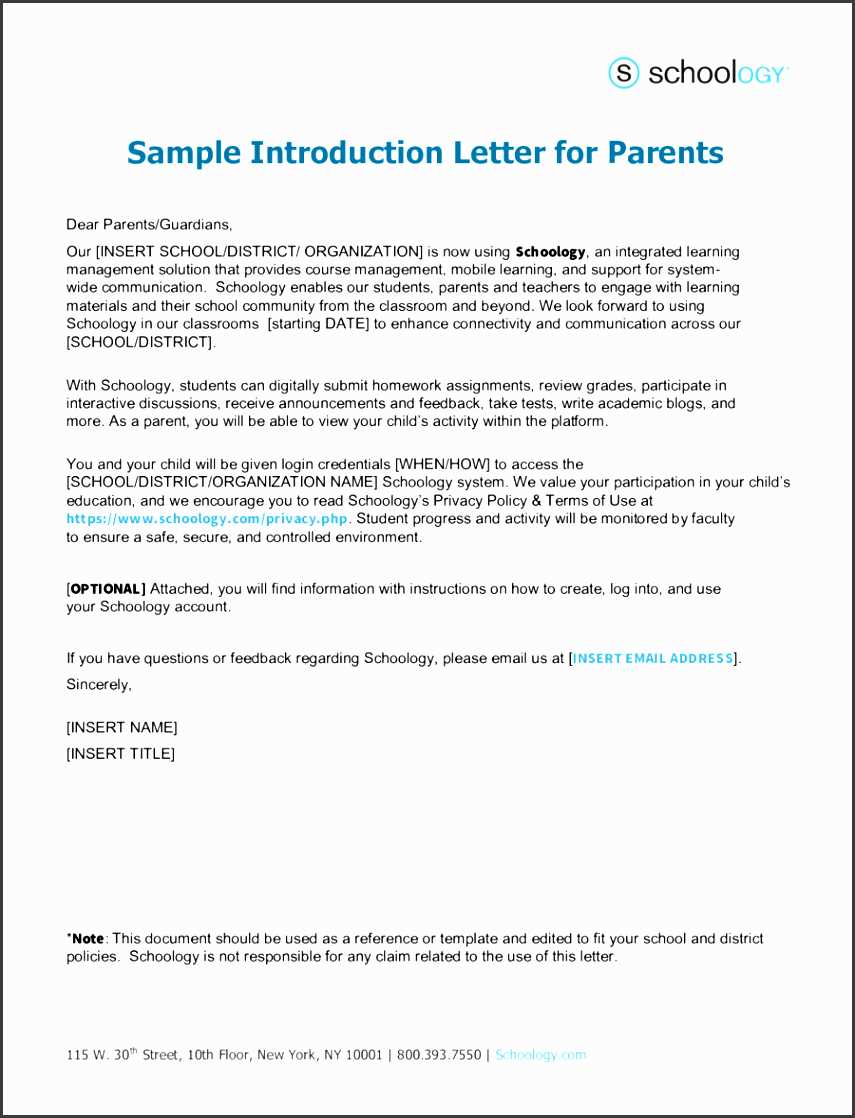
To ensure your communication resonates with the recipient, it must include the essential components that clearly convey the message. A well-structured message helps to capture attention and make a lasting impact. Whether you are reaching out to potential clients, partners, or investors, it is important to address key points that highlight the value and relevance of your offering.
Clear and Concise Introduction
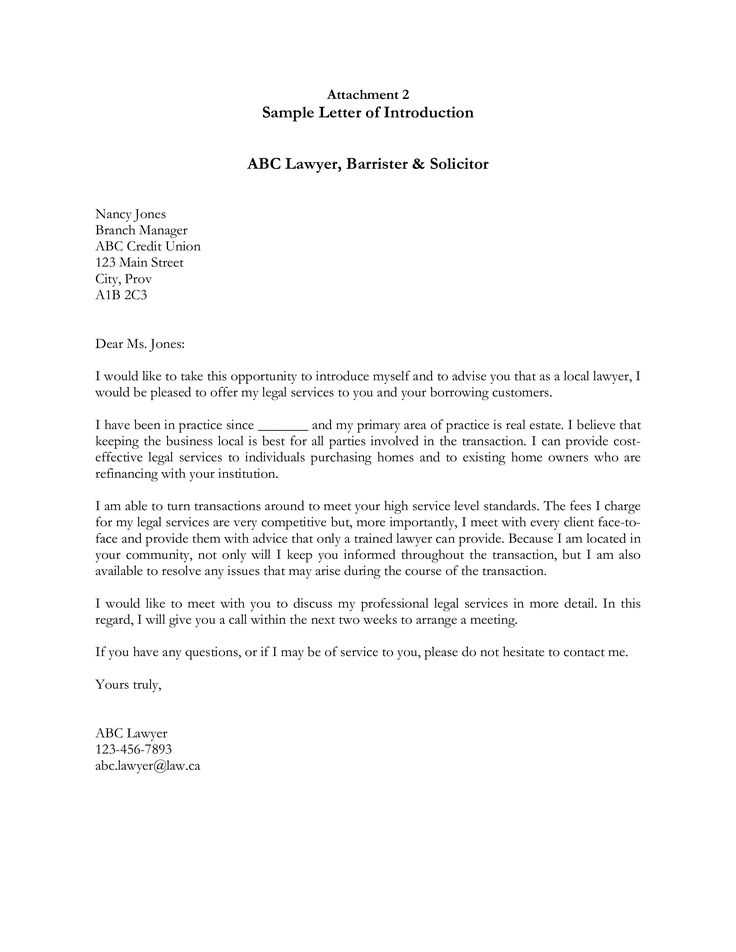
The opening should immediately engage the reader. A brief and direct statement about the purpose of your communication sets the stage for the rest of the content. It should be clear without unnecessary details, making the recipient eager to read more.
Focus on Value and Benefits
Rather than just listing features, emphasize the advantages and how the recipient will benefit from what you are presenting. Make sure to highlight aspects that will resonate with the reader’s needs, showing why your offering is valuable and relevant to them.
Personalization plays a crucial role in building a connection with the recipient. Tailor the message to their specific interests and needs, ensuring it feels individual and not generic. This approach increases the likelihood of a positive response.
Call to action should be clear and actionable. Whether it’s scheduling a meeting, requesting feedback, or learning more, the next steps should be easy for the recipient to follow and act upon.
Best Practices for Writing the Letter
To create an effective message, it is crucial to follow certain guidelines that ensure clarity, professionalism, and engagement. Adopting best practices can make the difference between a letter that stands out and one that is quickly overlooked. The tone, structure, and content must all work together to convey your message in the most compelling way.
Maintain a Professional Yet Friendly Tone
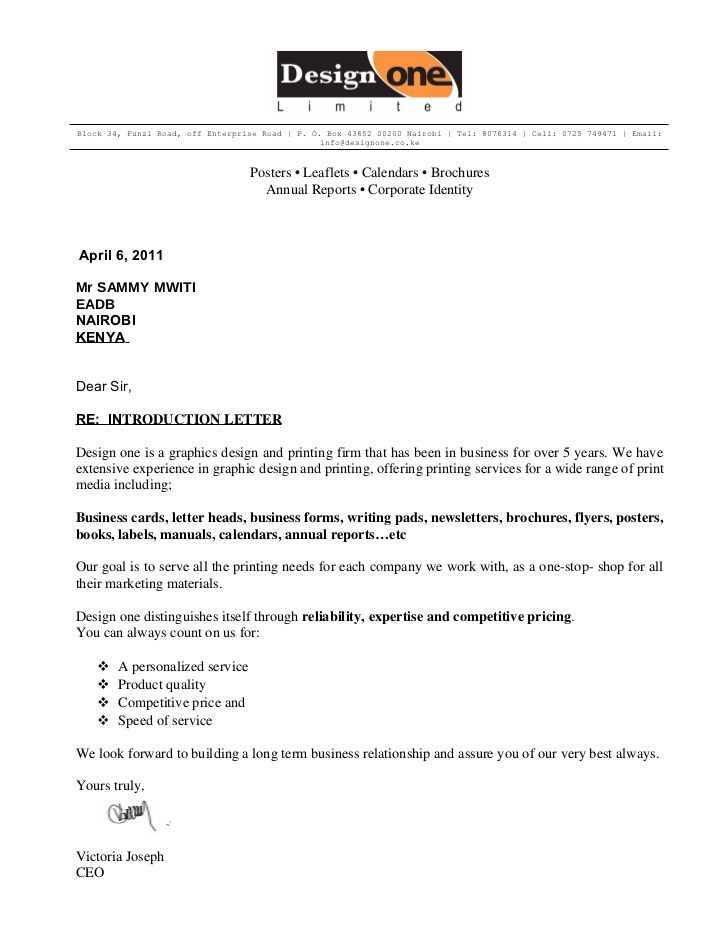
The way you communicate sets the stage for your relationship with the recipient. Striking the right balance between professionalism and warmth is essential. A friendly tone encourages engagement, while professionalism ensures that your message is taken seriously.
Be Direct and To the Point
Readers appreciate brevity. Avoid long-winded explanations and focus on the most important details. Be concise, highlighting key points that will resonate with the recipient’s needs and interests. Clear communication improves the chances that your message will be well received.
One way to improve readability is to structure your message logically, using short paragraphs and bullet points when appropriate. Visually appealing formatting helps the reader quickly grasp the content, making it easier for them to take action.
Lastly, always proofread your message. Spelling and grammatical errors can undermine your credibility and detract from the overall effectiveness of your communication.
Common Mistakes to Avoid in Letters
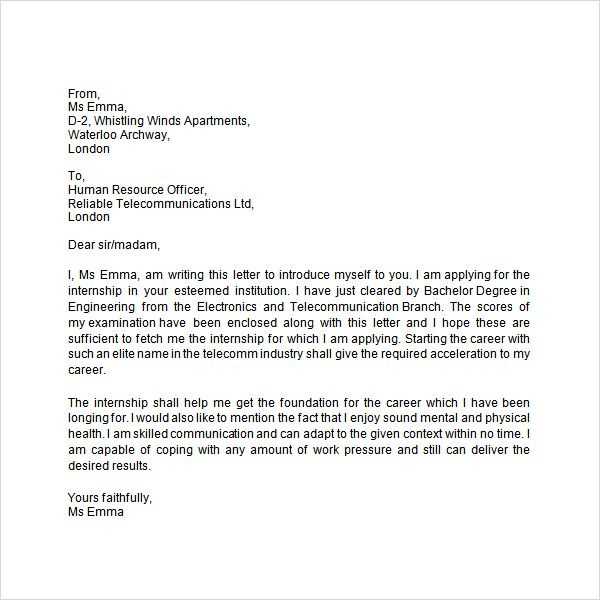
While crafting a message, certain errors can undermine its effectiveness and make it less likely to achieve the desired outcome. Avoiding common pitfalls will help ensure that your communication is clear, engaging, and professional. Simple mistakes can often detract from the impact of your message, so being mindful of these will make a significant difference.
Overloading with Information
One of the most frequent mistakes is providing too much detail at once. While it is important to cover the key points, overwhelming the reader with excessive information can lead to confusion or disinterest. Focus on the most relevant aspects and leave out unnecessary details that do not add value to the core message.
Using Generic or Impersonal Language
Generic language that feels like a mass-produced message can come across as insincere or irrelevant. Personalizing your message and tailoring it to the recipient’s needs and interests fosters a stronger connection. Use specific language that speaks directly to the individual or organization you are addressing.
Ignoring Formatting is another common mistake. A poorly organized message can be difficult to read and may cause the recipient to lose interest. Ensure your message is well-structured, with clear paragraphs and proper spacing. This makes the content easier to follow and more likely to be engaged with.
Common Mistakes to Avoid in Letters
While drafting a communication, certain errors can diminish its effectiveness and impact. It’s important to be aware of common pitfalls and ensure that your message is clear, engaging, and professional. Even small mistakes can cause confusion or make your correspondence seem less credible.
Overloading with Information
One of the biggest mistakes is providing excessive detail. While it’s essential to share relevant information, too much can overwhelm the reader and dilute the main points. Focus on the most important aspects and avoid unnecessary tangents.
Lack of Personalization
Sending a generic message can make the recipient feel disconnected. Failing to address their specific needs or interests might result in your communication being ignored. Always aim to customize your message, making it clear that it is tailored to the reader.
Another common error is using a confusing or unclear call to action. Be sure to tell the reader exactly what you want them to do next, whether it’s responding to an offer or scheduling a meeting. A vague request can lead to missed opportunities.